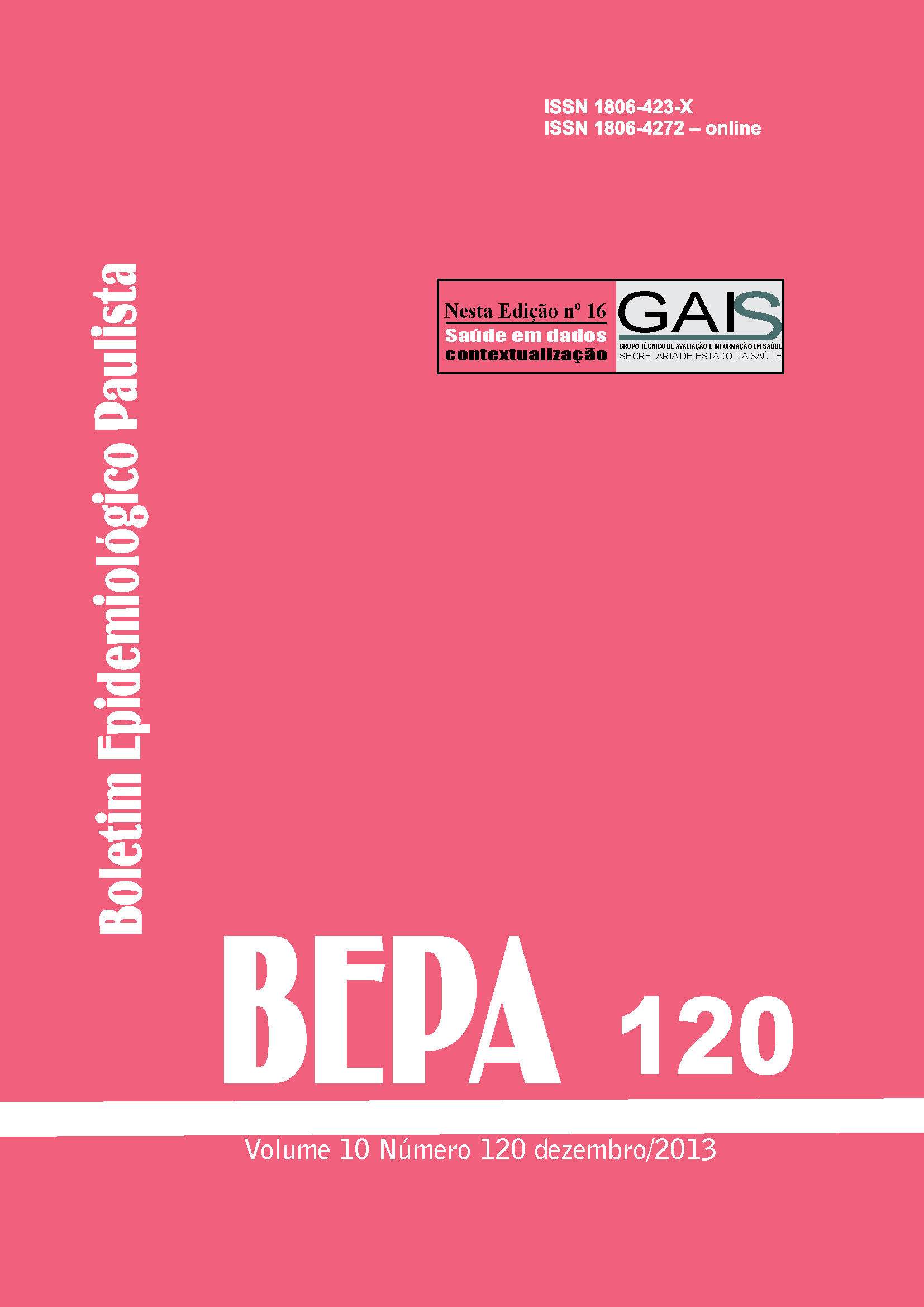Abstract
Fungal bloodstream infections (BSI), including candidemia, are also called hematogenous candidiasis, since its main agent are species of the genus Candida. These species are associated with one of the main frames of hospital infection. In United States, was reported as the fourth agent of bloodstream infections. The occurrence of candidemia varies by geographic region, type of hospital, type of patient, hospital and risk factors for disease. Another interfering factor with the rate of disease is the quality of diagnosis, laboratory confirmation of candidemia is not always possible, since many blood cultures do not allow the isolation of the agent. This study aimed to determine the species and sensitivity of yeasts causing bloodstream infection in the state of Mato Grosso do Sul in the period of 10 years. The occurrence of C. dubliniensis strains analyzed by PCR among 44 C. albicans phenotypes was not observed in this study. Cryptic species in C. parapsilosis complex were investigated in 37 isolates by PCR-RFLP, showing the occurrence of C. orthopsilosis (8%) and no C. metapsilosis isolates. The susceptibility profiles to fluconazole, itraconazole, voriconazole determined by microdilution (AFSTEUCAST) was high for all species especially for C. albicans, C. tropicalis, C. glabrata (100%) and lower for C. parapsilosis (92.6%). Resistance to voriconazole was only seen in one isolate of C. parapsilosis and the isolate from C. krusei. Caspofungin was tested only against C. parapsilosis and C. orthopsilosis and showed to be effective in all isolates. The efficacy of amphotericin B was high (100%) in the microdilution method AFST-EUCAST, but variable and speciesdependent when tested by time-kill curves methodology. In this method the fungicidal effect (h) was faster for Candida albicans and slower for C. glabrata and C. parapsilosis. It follows that the distribution of species of agents of candidemia in a tertiary care hospital of Campo Grande did not differ from that described in most Brazilian studies, but this finding was the first describing C. orthopsilosis in Mato Grosso do Sul . The high sensitivity of isolates to fluconazole, itraconazole and voriconazole provides subsidies for prophylactic and empirical therapeutic using these drugs in this hospital. Amphotericin B was shown that the time-kill methodology may be an alternative to microdilution for perform better in the search for resistant strains in vitro to this polyene. Clinical and laboratory studies must be implemented to confirm this assertion.

This work is licensed under a Creative Commons Attribution 4.0 International License.
Copyright (c) 2013 Lucas Xavier Bonfietti, Marcia de Souza Carvalho Melhem (orientadora)
